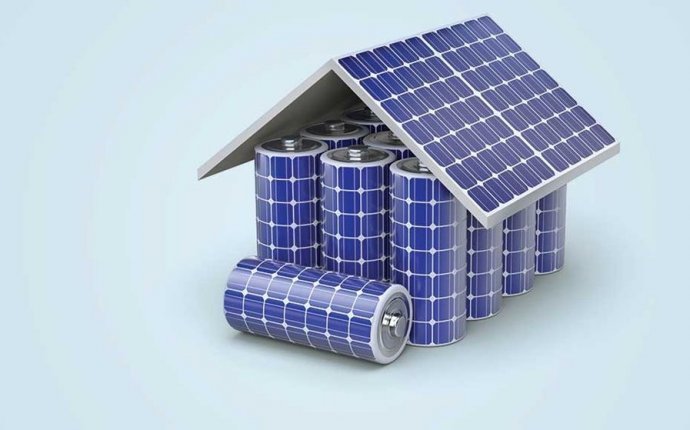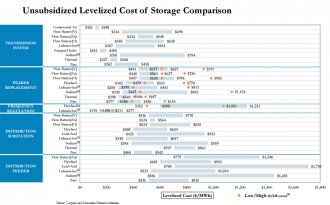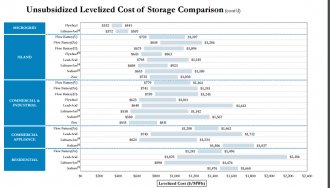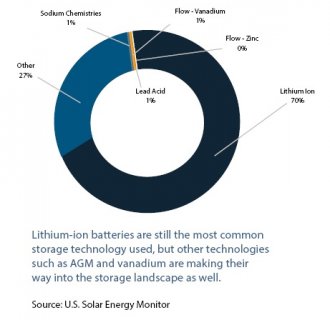
best battery for home solar system
 Batteries in solar applications have to meet the demands of unstable grid energy, heavy cycling (charging and discharging) and irregular full recharging. There’s a variety of battery types fitted for these unique requirements. Considerations for choosing a battery include cost, cycle life and installation and maintenance.
Batteries in solar applications have to meet the demands of unstable grid energy, heavy cycling (charging and discharging) and irregular full recharging. There’s a variety of battery types fitted for these unique requirements. Considerations for choosing a battery include cost, cycle life and installation and maintenance.
Here’s a look at these aspects of each technology, as well as some best practices when selecting batteries for a solar installation.
Solar battery technologies
Lead acid
Deep-cycle, lead-acid batteries have been employed in renewable energy and reliably used in off-grid applications globally for decades.
Cost: Typical deep-cycle, lead-acid batteries cost about half as much as lithium-ion.
Cycling: Valve-regulated lead-acid (VRLA) batteries include absorbed glass mat (AGM) and gel models. Many AGMs batteries available in the market are primarily built for dual-purpose or standby applications like emergency backup, but not deep cycling. However, new deep-cycle AGM designs have increased performance and total energy output making them a good choice for renewable energy applications at a lower price point than gel batteries. One type is the nano-carbon AGM battery. The carbon is said to increase conductivity and adds additional capacity. This can maximize cycle life, especially in off-grid applications or areas with limited hours of sunlight where full battery recharges aren’t always possible.
Many AGMs batteries available in the market are primarily built for dual-purpose or standby applications like emergency backup, but not deep cycling. However, new deep-cycle AGM designs have increased performance and total energy output making them a good choice for renewable energy applications at a lower price point than gel batteries. One type is the nano-carbon AGM battery. The carbon is said to increase conductivity and adds additional capacity. This can maximize cycle life, especially in off-grid applications or areas with limited hours of sunlight where full battery recharges aren’t always possible.
Replacement/maintenance: Many factors including initial design and ongoing maintenance influence battery life so it’s difficult to put a time frame on when the batteries will need replacement. Flooded lead-acid batteries have to be refilled regularly because the electrolyte that fully submerges the battery plates evaporates during charging. The battery enclosure needs ventilation to keep hydrogen gas from accumulating to dangerous levels.
The battery enclosure needs ventilation to keep hydrogen gas from accumulating to dangerous levels.
AGM and gel technologies, however, are recombinant, meaning they internally convert hydrogen and oxygen into water and do not require maintenance. As there is no free acid inside these batteries, they can be installed in any position other than upside down. Because solar applications can be in hard-to-reach or remote areas, the ability to install the batteries and let them operate over long periods without maintenance is a benefit.
Disposal: Proper disposal of lead-acid batteries is important because they are toxic. Thankfully, the automotive industry organized to recycle lead early on. Plastic containers and covers of old batteries can also be neutralized, reground and used in new battery cases. In some cases, the electrolyte is cleaned, reprocessed and sold as battery-grade electrolyte. In other instances, the sulfate content is removed as ammonium sulfate and used in fertilizers. The separators are often used as a fuel source for the recycling process. Old batteries may be returned to the battery retailer, automotive service station, a battery manufacturer or other authorized collection centers for recycling.









